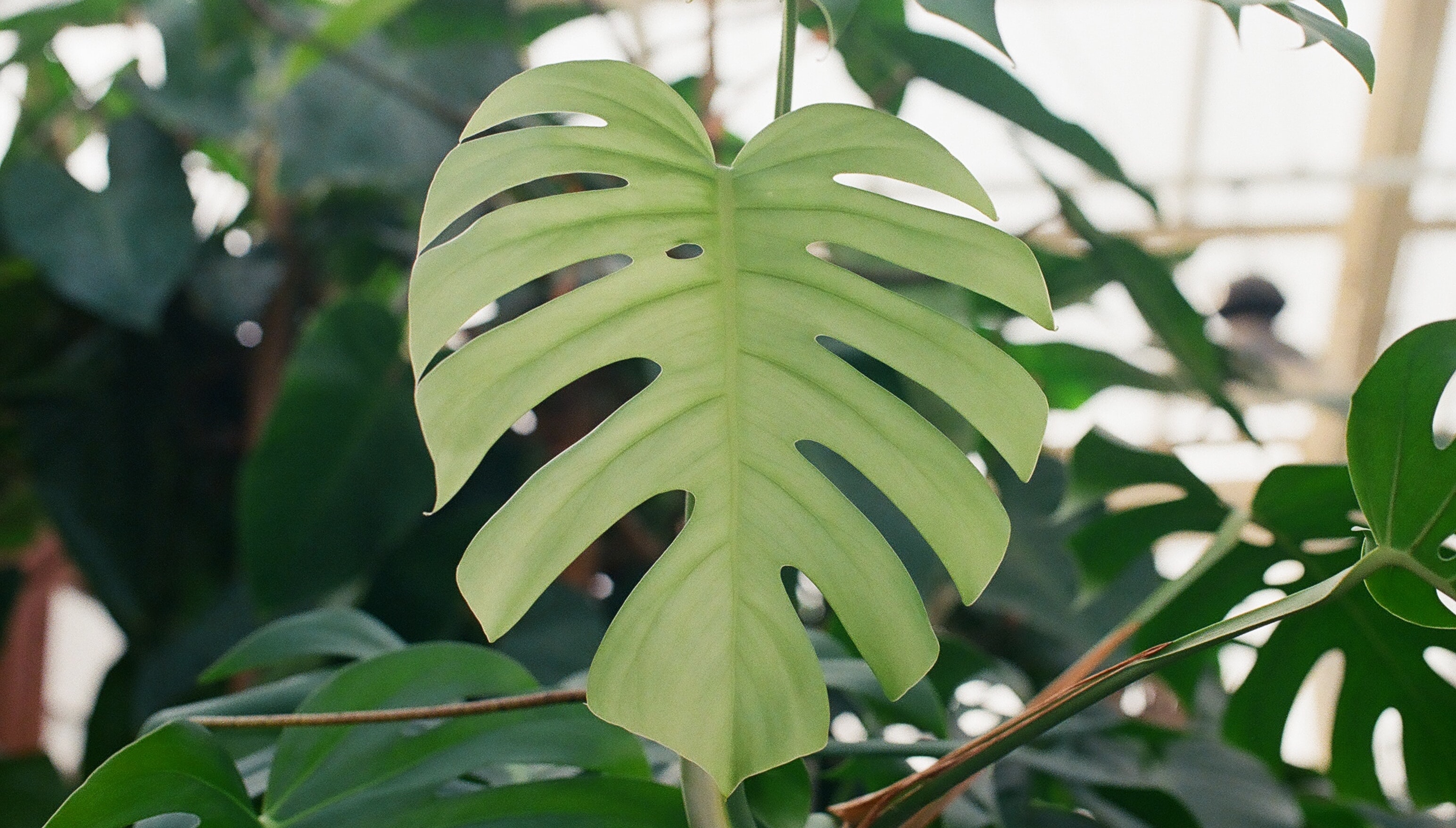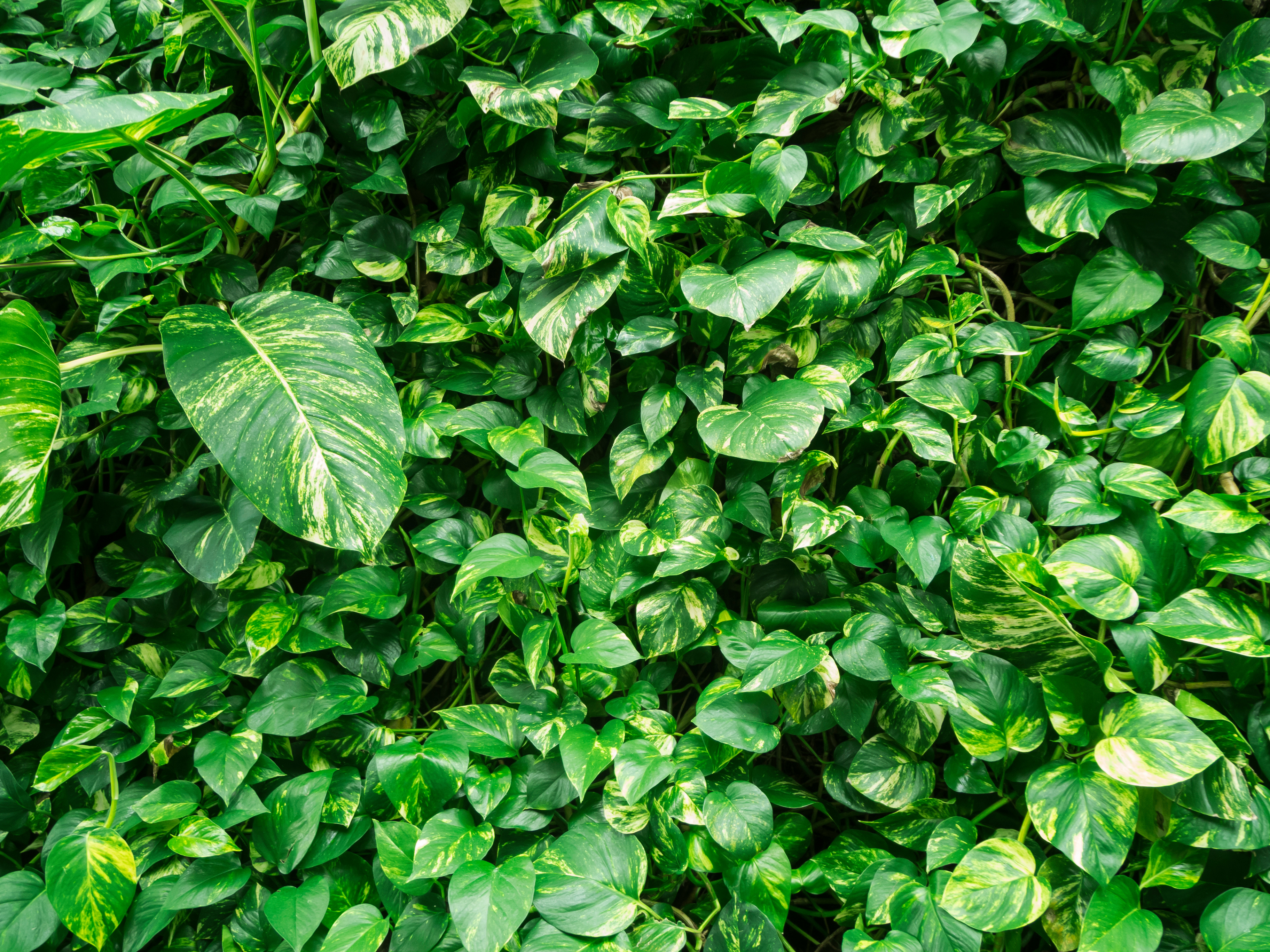What is heteroblasty?
The term heteroblasty is used for plants that develop several distinct growth habits during their lifetime. They might look totally different when they’re seedlings compared to when they’re grown up and ready to flower and produce seeds but they're still the same plant. They do this because one growth habit might benefit it one period of the plant's life cycle, while another is beneficial later on. This phenomenon occurs for several of our common and more uncommon houseplants.
Most have two forms in their life span. They’re often called the juvenile and the adult phase or form. They start off as seedlings in their juvenile phase and might later on totally change leaf shape, color, size and distance between leaves as they mature and the conditions are right.
Some heteroblastic plants found as garden or houseplants are
Many climbing aroids like Monstera , Syngonium , Epipremnum , Rhaphidophora etc.
Gums , Eucalyptus
Ivies , Hedera
Passion flowers , Passiflora
Wattles , Acacia
Marcgravia

How does this affect my houseplants?
You might find that some of your plants suddenly start to grow totally different types of leaves, and it can be worrying if you weren’t ready for it. Is it a plant that goes through different life stages you have nothing to worry about. It is perfectly fine, and it’s just reacting to the growing conditions.
There are some ways you to some extent can promote the plant to either stay in the juvenile phase for longer, or faster reach the adult form.
Help a plant reach the adult form faster
You might have been inspired to get a plant due to the amazing looks it gets as it gets older. For most aroid plants that make holes in their leaves (fenestration), they often mainly do it in their adult form and it’s then they show their full potential. The smaller juvenile form of the same plant might not be as attractive but much easier and cheaper to get hold of. An example is that it’s very common for the monstera to not make any holes at all as a young plant. You therefore have to make sure the growing conditions are right for it to start growing as you want it to.
Aroid plants often needs the following to turn adult
Bright light - bright indirect light is always important for most plants, but it’s extra important that it gets it in order to reach an adult growth habit. If you live somewhere where the amount of natural light is much weaker and the days are shorter in winter versus summer, a suitable grow light is needed to supplement the darker periods. Many species can also slowly and very carefully get acclimated to some direct sunlight during the day in order to get enough light.
Something to climb on and root into - climbing aroids tends to need a moss pole or similar stake to climb up against and root into. It’s also preferred to regularly mist and hydrate the moss pole and the water retaining substrate in the stake to promote roots to establish and grow into it. Without this, most climbing aroids will stay in their juvenile phase indefinitely.
Regular watering - regular watering is always important, but extra so for this cause. The plant needs very even and optimal growing conditions for it to happen. This doesn’t mean you’ll have to water more, but it’s more important to not miss a watering task.
Regular feeding - like watering, feeding is always important for good healthy growth in your plants, but more so now. Make sure that you stick to the feeding schedule so that your plant has the resources to grow well.
Increased humidity - this depends a little on what plant you’ve got, but most aroids do best with increased humidity from what most people have as default at home. Regular misting, using a humidifier in smaller rooms or plant cabinets and placing the plant on a pebble tray are different ways to do this.
Patience - even when supplying the plant with all the best conditions to turn adult, you will need to keep them rather stable for a period and also have some patience. It may take time for the plant to turn, and it's not always as straight forwards as giving it all it needs. We as growers can only supply it with the right care and environment, rest is up to the plant itself and the processed inside it that might not react instantaneously.
Ways to make a plant only have adult foliage on the whole plant
Once you've got a plant that has reached the adult form, it's probably a rather tall plant with lots of juvenile growth in the bottom part and adult growth on top. If you want to have a plant that has adult growth from the bottom you'll need to propagate the tops as new plants and let them grow up from these cuttings. Since most aroids root into the moss pole, you often already have a good start if you gently remove the tops and the roots without breaking them.
Supply them with the same growing conditions that made the plant turn adult from the start, to make sure that it doesn't revert back to juvenile again.

Try to keep the plant in the juvenile stage
Some plants mainly occur in the trade and in most people's homes in the juvenile form. The pothos, Epipremnum aureum is one example. Did you know that it can grow very large and almost monstera like, cut leaves as it grows to its adult form? The pothos, and most other plants will however often not spontaneously turn adult, but if you really don’t want it to happen you can focus on the following:
Avoid using a stake or moss pole - most climbing aroid plants get stimulated to turn adult by rooting into substrate as it grows. By either growing it in a hanging pot, or using stakes without the possibility to root into them you lower the risk.
Don’t affect the humidity - let your default humidity be indoors, and don’t take any steps to try to raise it unless it’s so low that you need to do it to prevent leaf damage.
Keep the plant in a bright enough spot - a bright or semi bright spot depending on the plant's needs will do.
Pruning a plant can induce juvenile growth
Pruning some plants, especially trees and shrubs like Eucalyptus and Acacia can cause the plant to react by making juvenile growth. This is a reaction to if a branch in nature would be harmed in some way, and the plant quickly needs to make new branches and foliage. This can be worth having in mind either if you prefer the juvenile growth (you can then prune it hard each year) or if you don't like it (try to prune a little as possible).
